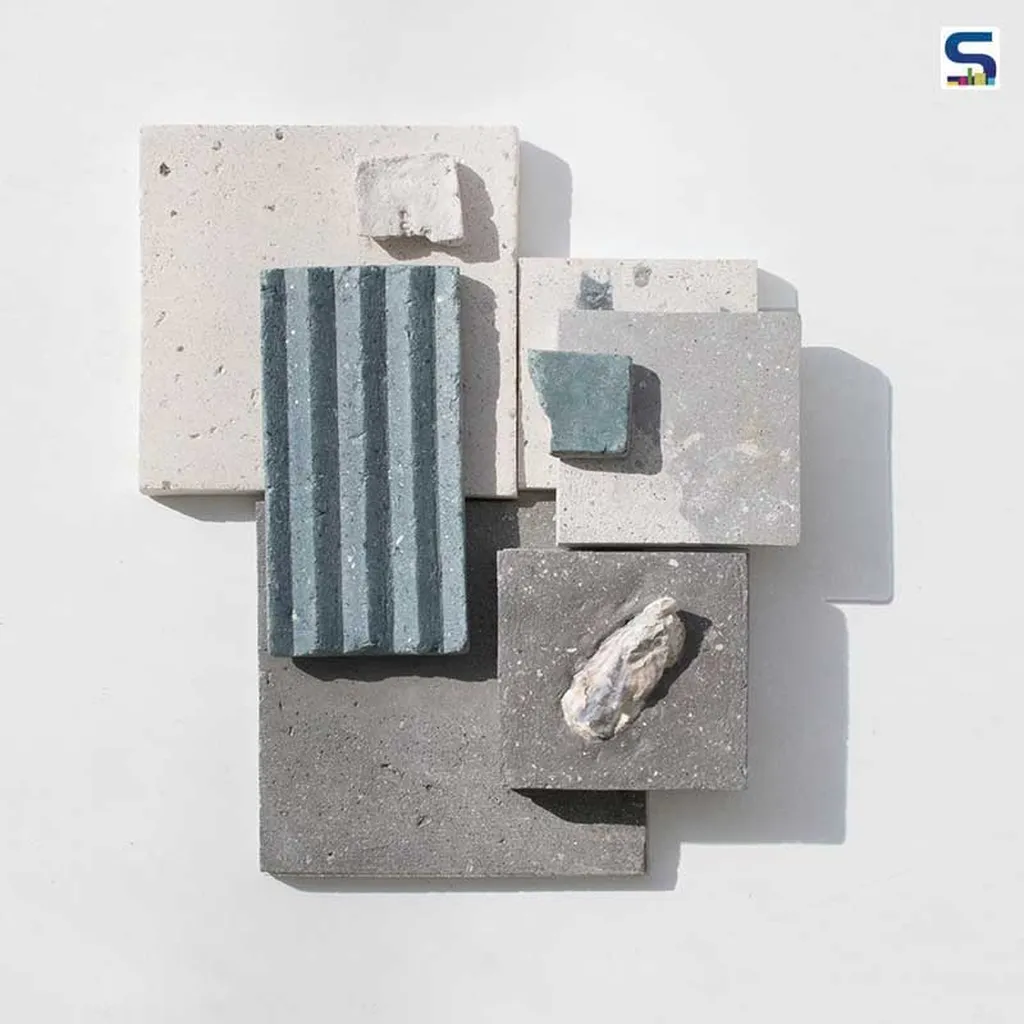In the quest for sustainable construction materials, a team of researchers led by Mohamed Abdeliazim Mustafa from the Department of Civil Engineering at Prince Sattam bin Abdulaziz University in Saudi Arabia has made a significant breakthrough. Their study, published in the journal “Reviews on Advanced Materials Science” (translated to English as “Reviews on Advanced Materials Science”), explores the innovative use of seashell ash as a partial replacement for cement in lightweight foamed concrete (LFC). This research not only addresses environmental concerns but also promises to enhance the physicomechanical properties of construction materials, with potential ripple effects across the energy sector.
The study focuses on three types of seashell ashes: oyster shell ash (OSA), scallop shell ash (SSA), and mussel shell ash (MSA). These materials, typically considered waste products from aquaculture, are transformed into valuable additives that improve the sustainability and resilience of construction materials. “By utilizing these seashell ashes, we are not only reducing waste but also creating more durable and eco-friendly construction materials,” explains Mustafa.
The researchers assessed various properties of LFC, including compressive strength, flexural strength, split tensile strength, water absorption, and porosity. They employed advanced methodologies such as response surface methodology (RSM), artificial neural networks (ANN) with K-fold cross-validation, and a hybrid approach combining deep neural networks with the imperialist competitive algorithm (DNN-IGWO). This sophisticated modeling allowed the team to optimize the properties of LFC, balancing trade-offs between different characteristics.
One of the key findings was that curing time had the most substantial effect on compressive strength, flexural strength, and split tensile strength, while additive content significantly influenced water absorption and porosity. The optimal conditions were identified as a curing duration of 28 days and an additive concentration between 4 and 20%. “Our results show that replacing cement with seashell ash can significantly enhance the properties of lightweight foamed concrete, making it a viable option for sustainable construction,” Mustafa adds.
The study also highlighted the superior predictive accuracy of the DNN-IGWO model compared to other approaches, such as ANN, RSM, and support vector machines. This model facilitated the discovery of optimal solutions for multi-objective optimization, addressing intrinsic trade-offs between different properties. “The use of advanced optimization techniques allows us to fine-tune the properties of LFC, ensuring that it meets the highest standards for durability and sustainability,” Mustafa notes.
The implications of this research extend beyond the construction industry. In the energy sector, the development of sustainable and resilient building materials can contribute to the reduction of carbon emissions and the promotion of green building practices. As the world shifts towards more sustainable energy solutions, the demand for eco-friendly construction materials is expected to grow. This study provides a promising avenue for meeting this demand, offering a practical and effective solution for sustainable construction.
Moreover, the integration of evolutionary algorithms and advanced modeling techniques sets a new standard for material optimization. This approach can be applied to other construction materials, paving the way for further innovations in the field. “Our research demonstrates the potential of combining traditional materials with advanced technologies to create sustainable and high-performance construction materials,” Mustafa concludes.
As the construction industry continues to evolve, the findings of this study offer valuable insights and practical solutions for enhancing the sustainability and resilience of building materials. By leveraging the power of seashell ash and advanced optimization techniques, researchers are paving the way for a more sustainable future in construction and beyond.

